Earlier in the year I was invited by Stromness Museum to contribute towards creating this years summer exhibition, around the theme of Scapa 100. As a marine scientist I was keen to bring in the marine life elements of the wrecks as they now exist on the seabed in Scapa Flow. It also felt important to look back in time over the last 100 years to the marine specimens held by the Stromness museum. As a scientific diver I use the tools of SCUBA diving to research and observe marine life and I also participate in Citizen Science diving projects including the national Seasearch marine life recording project.
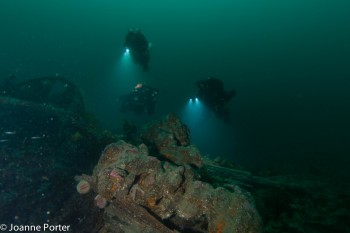
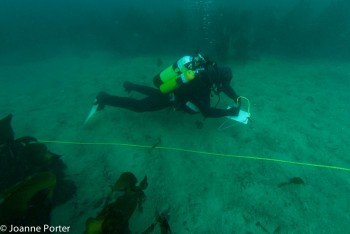
Before I came to live in Orkney more than 5 years ago, I regularly visited as part of Seasearch diving weeks and one such week sticks vividly in my mind. Diving on the shipwreck of SMS Karlsruhe, myself and my buddy had agreed before we jumped in that we would swim down to the seabed adjacent to the wreck and spend some time recording the marine life there. I soon became very absorbed in writing down on my underwater slate all the different species that I could see associated with the horse mussel bed there, while my buddy was taking photographs to support our survey records. Still within site of the wreck itself, I suddenly came across something that I had only ever seen in identification books and I could hardly believe my eyes. I gestured to my buddy to come and have a look and to take a photograph. Amazingly it was a living individual Fan Mussel.
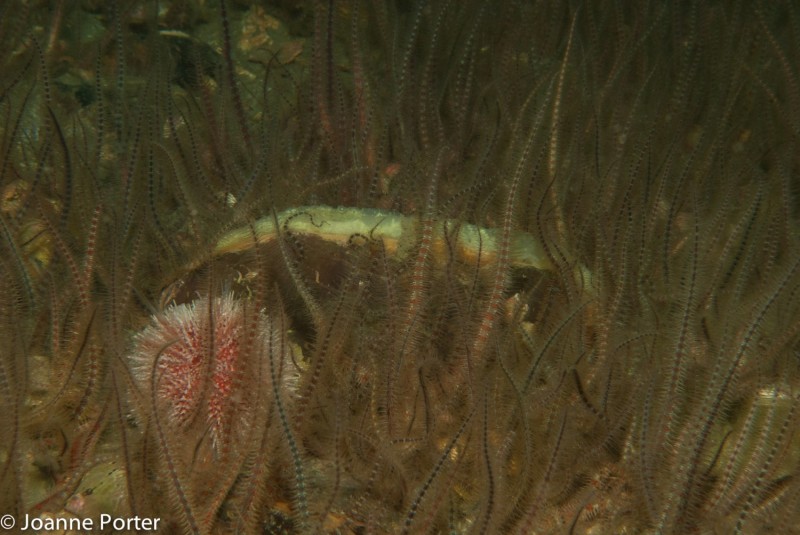
We could see just a small part of the mussel sticking out from the sediment with its bright yellow mantle tissue. This species of bivalve mollusc is a rarity and is usually found in much deeper waters. It is important from an ecological point of view because it produces protein byssus threads, which bind into the seabed and stabilise the sediment. It is therefore supporting the stability of the environment and creating a habitat in which other species can live. When we returned to the surface we were excited to share the news with our colleagues, and we were met with disbelief. If we had not got the photograph I do not think that they would have believed us. Oftentimes now when I dive the wreck of Karlsruhe I go back to this spot to check that the Fan Mussel is still there, hiding among the horse mussels and brittlestars. The species can live for decades and was probably common in Scapa Flow in times gone by. When I spoke with Exhibition Assistant Katy Firth about my experience, she said that we could check in the Stromness Museum collection to see if there were any historical specimens of Fan Mussel to include in the exhibition.
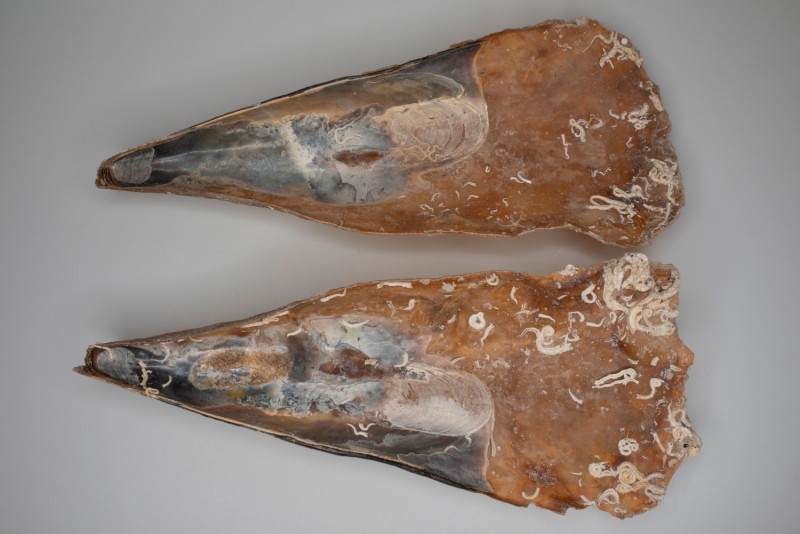
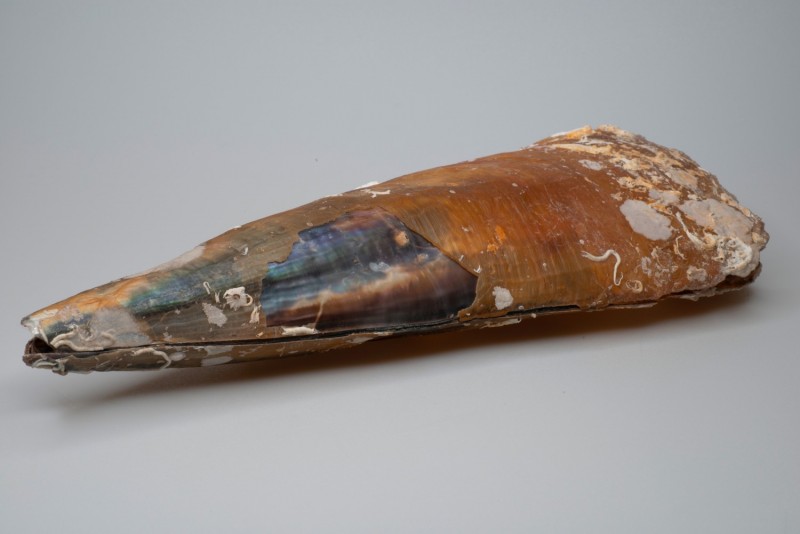
To my delight, we found a beautiful specimen among the drawers of the Robert Rendall mollusc collection. The specimen had been collected from Bring Deeps, Scapa Flow, and so it made sense to bring this in as part of the exhibition to connect previous records with the contemporary. Robert Rendall himself is something of an inspiration to me. Born in Glasgow and then moving up to Orkney as a young boy, many will know that he was a self-taught naturalist and also a poet. One of my favourite poems is “In the Ebb”:
Even upon the margin of the deep
Life spills her myriad forms before our gaze
In tine treasures-bright anemones,
Worms, star-fish, crabs, and little fish that leap
Across the pools. Look how storm waves heap
A fringe of shell along these sandy bays,
And how on golden bladderweed that sways
With rhythmic motion periwinkles creep.
I step from stone to stone, and as I peer
Far into depths of pools inhabited
By swarming ocean creatures, I can hear
Echoes around me of the Voice that said,
Go, have dominion over great and small,
And name all living things that swim or crawl.
From Shore Poems and other verse, Robert Rendall
As a taxonomist myself, the last line for me rings particularly true and I would like to express my thanks to Katy Firth and the Stromness Museum team for allowing me to contribute to the creation of the exhibition Living Wrecks: The Marine Life of Scapa Flow as part of the Scapa 100 commemorations.





